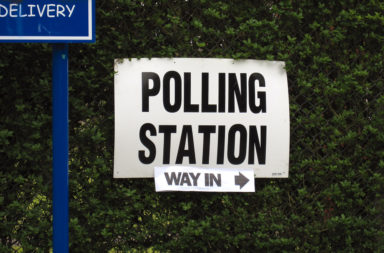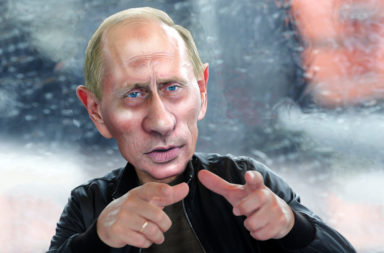EU negotiators announced on December 8 that enough progress has been achieved in Brexit negotiations for talks to move on to a second phase – the nature of the future relationship between the UK and the EU. A deal on the Irish border, a major sticking point in the talks, was given the go-ahead by both the EU and UK.
The Irish border
The UK government still seeks a future deal with the EU that brings the benefits of single market and customs union membership without the obligations. This goal set alarm bells ringing in Brussels and Dublin long ago. Its sheer impossibility meant hurtling towards either a “no deal” scenario (in which case the Irish border would become a hard border) or an “ignore the problem” scenario, in which case the border would be a dangerously gaping hole in the top left corner of the single market.
The new Joint Agreement between the UK and EU secures against both these risks. It asserts that the UK seeks to realise its aims of avoiding a hard border between Ireland and Northern Ireland “through the overall EU-UK relationship”. But it then allows that “should this not be possible”, it will propose “specific solutions” to tie up the loose ends.
In the event that there is a failure to find such agreed solutions, the UK will “maintain full alignment with those rules of the Internal Market and the Customs Union which, now or in the future, support North-South cooperation, the all-island economy and the protection of the 1998 Agreement.”
This is such a major concession, of the tail-wags-dog type, that efforts will be concentrated on finding those “agreed solutions” for Northern Ireland – which we can safely assume will be necessary. The Irish question is far from resolved and there are laborious and detailed negotiations to come.
As such, the Joint Agreement wisely allows for a special strand of the phase two discussions between the EU and the UK to be dedicated to the “detailed arrangements” necessary to give effect to the ambitious commitments to Northern Ireland/Ireland contained here.
So there we have it – more constructive ambiguity, which is fitting in terms of the Good Friday Agreement and broader peace process. This agreement can, and is, being read differently by the Irish government and the DUP, which is hardly surprising.
However, the Irish government position is unequivocal and the deal is essentially much the same as the one rejected by the DUP just days previously, certainly in terms of the implications for trade harmonisation in the two parts of Ireland.
The Irish government is clearly convinced that this means there will, in practice, be no need for border checks between the two jurisdictions after the UK leaves the EU.
The DUP, for its part, is reassured that Northern Ireland will be constitutionally aligned with the rest of the UK after Brexit and there will be no air-lock at Great Britain that differentiates Northern Ireland from the rest of the UK. However, the DUP has, at the same time, admitted that the details of how full alignment will work in practice while maintaining NI’s alignment with the rest of the UK require more detailed explanation.
The implication of the wording is that the UK will have to harmonise with Ireland (which, by the way, means the EU). So it’s not entirely clear how the UK is leaving the customs union and single market, other than saying it has left but in practical terms not actually leaving. This might put the wind up some of prime minister Theresa May’s colleagues, who thought Brexit was going to give them their country back.
It seems like the Irish government has received the guarantee it needed that there will be no visible border in Ireland after Brexit. The UK government and DUP have also bought some time to unscramble how to do this in the next phase of the process.
In essence, while the DUP may choose to dress it up in red, white and blue, it looks like Northern Ireland will be clad in blue and gold for the foreseeable future following this agreement.
Beyond practical realities, symbolically the deal is important. In explicitly dismissing the notion of a hard border on the island of Ireland the negotiating teams have been sensitive to what this could lead to in terms of further political instability in Northern Ireland and the potential for a return to violence.
The hard fought strand in the 1998 Good Friday Agreement focusing on self-determination, that affords citizens born in the north the right to determine as Irish, has undoubtedly been safeguarded as a result of the deal. This allows those in the north who identity as Irish to also remain as European citizens.
By placing the Irish question at the heart of this phase of the negotiations, the EU negotiators realised the symbolic importance of the right to self-determination for citizens in the north. They have also further demonstrated their commitment to upholding the values that are enshrined in the Good Friday Agreement.




